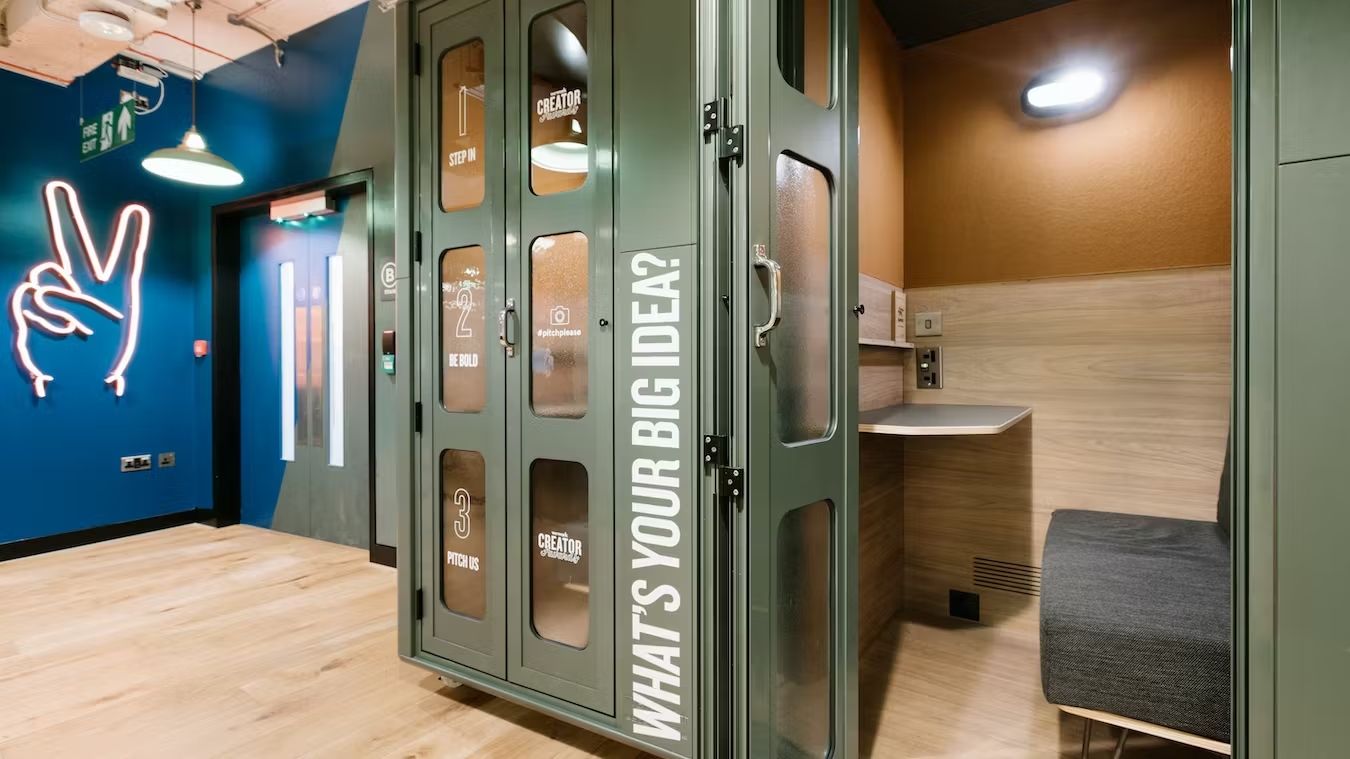Key trends the industry, office occupiers, landlords, and workspace operators can expect to extend into 2024.
As 2023 comes to a close, the return to the office has stalled and everyday use of the workplace remains a subject of global debate. The office sector must now create more choice and radically shift its options to provide the hybrid workforce with opportunities that many companies are still missing in this new world of work.
Based on our data and insights, here are the main trends we observed in 2023 that will shape the next evolution of workspace.
1) The choice between home and work is no choice at all.
The hybrid working choice that most workers are faced with is between working from home (WFH) or from a single office location. But the market for an alternative working environment is only just starting to heat up as clients begin to explore new options.
The Instant Group recently surveyed over 200 office occupiers and found that, if given full choice over where to work, people ideally want to split their time between a mix of spaces – 42% of time in the company office, 31% in a coworking space, 23% at home, and 4% in third spaces, such as cafes or public settings.
That 35% of “other” spaces that aren’t home working or a corporate HQ is set to grow in popularity, as workers experiment with what really makes their working day a better experience. Our bet is that this third of the market is set to expand significantly over the next couple of years and will develop radically in terms of the services offered, particularly as enterprise companies begin to foot the bill.
2) Workers are clear on what doesn’t work in WFH.
For many, working from home offers a more stress-free lifestyle and improves work-life balance. Advantages of using home as a work hub include flexible hours, cost and time savings from not commuting, greater productivity with fewer distractions from colleagues, and increased comfort without having to ‘impress’ in an office setting.
Still, a home office isn’t ideal for everyone. Insights from our research show many professionals mentioning the following downsides to WFH: isolation and loneliness, technical issues, and communication challenges. Addressing these drawbacks by giving employees access to a flexible workspace can be instrumental in creating a successful remote work environment in the future.

3) Generational differences among workers will inform workplace design.
For the first time in history, there are conceivably 5 generations using the workplace, including: Traditionalists born 1925-1945), Baby Boomers (born 1946-1964), Generation X (born 1965-1980), Millennials (born 1981-2000), and Generation Z (born 2001-2020). This presents a variety of challenges when it comes to in-person work and utilizing offices, as each generation views the office environment in very different ways.
Research from The Instant Group of nearly 600 professionals revealed that older workers are more likely than younger workers to prefer going to an office part of the week. The data shows 29% of workers aged 40-55 prefer going to the office for part of the week, compared to 22% of younger workers. The reality is that each generation uses office space in very different ways. One key example is the endless battle to find meeting rooms to carry out private calls.
Employers are going to have to present a wider variety of workplace locations and design options to appeal to all demographics, as current formats just aren’t working for anyone. This will include creating much more dynamic spaces that can flip on a dime between focus and collaboration. The smart way for design to evolve will include greater emphasis on behavioural science and observing usage patterns to optimise layout and design.
4) Flexible office supply will surpass 1B square feet in 2024, driven by consolidation.
After 3 years of tepid growth in flexible office supply, as well as volatile market conditions, restructurings, and consolidations, 2024 is set to break all previous records. With interest from asset owners at an all-time high, operators are planning to spearhead portfolio growth next year on the back of rising demand and new partnership opportunities. We predict 20-30% of all office space will be flexible by 2030.
Already this year, many of the top markets have witnessed a healthy demand growth for flexible space compared to 2022, including key cities such as Mexico City (+163%), Sydney (+19%), and Dubai (+9%). Though London and New York City – historically two of the most popular markets for office space – both saw slight declines in demand growth (-4%), these fluctuations are demonstrative of a larger trend: the global flexible office market is maturing, with recovery dependent on various macroeconomic factors.
In the new year, operators will increasingly look at mergers and acquisitions (M&A) to capture market share and help distribute fixed costs across a wider portfolio base. Consolidation will continue to be employed as a key strategy to distribute costs across portfolios and increase margins to pre-2019 levels. Moreover, M&A activity will not only be limited to providers of space but will also take place within the marketplaces and brokerage businesses supporting the industry.
5) Decarbonisation will propel demand for flexible workspace in 2024.
Traditional leased office spaces creates 158% more emissions per occupier than flex space, according to research conducted by Instant and Incendium Consulting in 2022.
With new data becoming available through products such as the Sustainability Index, which enables operators and occupiers to track and report on their sustainability initiatives, the office sector will deliver a more informed position with greater transparency for occupiers. Our research shows that flexible workspace can deliver up to a 30% more environmental efficiency against carbon usage compared to traditional real estate models thanks to higher densification and utilisation.
For operators to attract new occupiers, it will be critical to deliver greater transparency when it comes to sustainability protocols so that all parties can align their workspace strategies with environmental targets.


